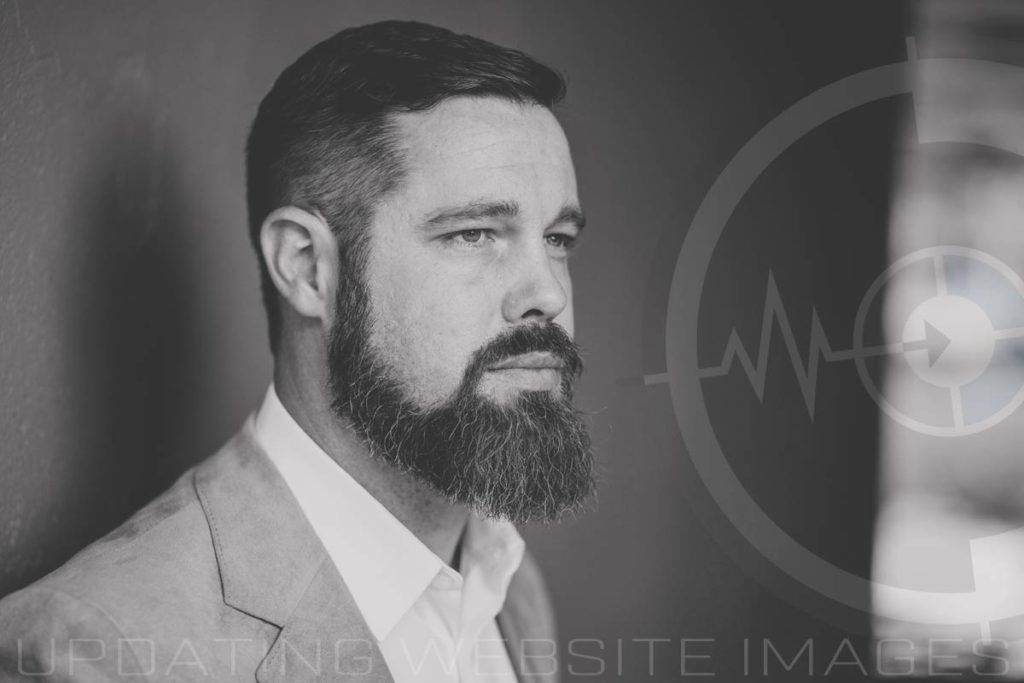Understanding a Creative Imagery Advertising Strategy
Understanding a Creative Imagery Advertising Strategy
In a world where online marketing rules, we are constantly faced with finding more ways to attract and engage potential customers. Although there are plenty of ways to capture their attention, a simple creative imagery advertising strategy can go a long way. Instead of investing in volume or reach, it's time to refocus on your brand. Taking the time to develop an ad with "zap" might be your best idea yet.. Back to BlogAbout PreFocusSeeing an ad for the first time can cause three different types of reactions. You immediately feel a sense of emotion through relevance, humor, or even anger; You instantly assimilate the ad with a brand; or you stare at the ad impression with confusion. Advertising can take your brand from nothing to something quickly – but it can also be devastating. It’s important that you use your imagination, but even more important to promote clarity.
If you’re struggling to develop an ad, then don’t worry, you’re not alone. Surprisingly, overthinking during the design process happens quite often. Some design teams implement too much copy while others completely miss their target audience with the presentation. How many times have you had to squint or press pause just to understand the purpose of an ad? There are some occasions where advertisements are so overwhelming that I don’t even remember what I was doing. In my opinion, this is unacceptable. Aside from resonating with your audience for an ad campaign, I urge you to not overlook the power of a creative imagery advertising strategy.
In an age where content is king, engaging customers seems to be the main focus. But, far too many advertisers forget that converting them is the key. Grabbing the consumer’s attention is normally the first step of what can be ab extensive sales cycle. So, why would you want to risk screwing it up from the get-go?
If bounce rates or time on site is killing your business, it’s time to re-evaluate your creative advertisements. You may be receiving “clicks” but your message needs to align with your brand identity. It all begins with making sure you’re targeting the right audience. Once you understand who you’re marketing to, you can serve them a creative image that speaks in their language. Anything else will more than likely miss the mark. Taking the time to do this ensures that once they arrive, they’re actually interested in your offering. Below, I decided to analyze a few of my favorite creative imagery ads to show you just how effective a simple picture can be.

Instead of using another form of the color, like a yield sign or lemon, they decided to go with a healthy alternative that many consumers see on a daily basis. They’re not monkeying around with this strategy.

First of all, the colors used in this ad are perfect. When I came across this creative use of a imagery, I wasn’t sure if they were depicting a long jump or an ability to float. Once I realized the woman is wearing Nike Frees I understood the concept.
Nike’s recent marketing strategy targets the active individual that craves alone time with a burn. The advertisement is meant to create a sense of being free. Even if it makes you think of “free fall” instead, their revolution in motion marketing campaigns are on-point.

I know, this advertisement doesn’t exactly use only one image, but it still intrigues me. Although “hunger” might be your first response, this ad focuses on the condiment. It might take a second to digest, but that’s all the time Hellmann’s needs.
The best part about this strategy is they use relevancy to engage you. Not only will consumers think of Hellmann’s when buying hotdogs, but they’ll also remember to top it with some “bomb” ketchup from the well-known American brand.

So, do you think there is a purpose to this ad? Audi is a large supporting of Major League Soccer and recently launched a Player Index campaign that aims to engage fans through statistical data while testing their knowledge.
In the above advertisement, Audi is simply promoting the fact they approve of the sport. But, a simple message like this can live with a consumer for a long time. Aligning with their interests goes a long way when it comes to them making a decision.

 Gaining the trust of potential customers online is a lot harder than it’s made out to be. At the end of the day, always lean on consistency. Sometimes users only count on you to provide them with one solution – and that’s OK. When you’re attempting to grow your brand and expand online, it’s important that you have a strategy.
Gaining the trust of potential customers online is a lot harder than it’s made out to be. At the end of the day, always lean on consistency. Sometimes users only count on you to provide them with one solution – and that’s OK. When you’re attempting to grow your brand and expand online, it’s important that you have a strategy. Often times, I find myself immersed in conversations pertaining to micro moments or target based ads. Even more often, I witness marketers going about this all wrong. As the “data-selling” age comes to a close, we find ourselves facing a marketing realm full of consumer behavior instead. People don’t care about how many “likes” you have or how cool your website is – they want a solution to their problem right now. So, how do you capture them? When it the best time to strategize new acquisition? The answer is: there is no definitive answer.
Often times, I find myself immersed in conversations pertaining to micro moments or target based ads. Even more often, I witness marketers going about this all wrong. As the “data-selling” age comes to a close, we find ourselves facing a marketing realm full of consumer behavior instead. People don’t care about how many “likes” you have or how cool your website is – they want a solution to their problem right now. So, how do you capture them? When it the best time to strategize new acquisition? The answer is: there is no definitive answer.








